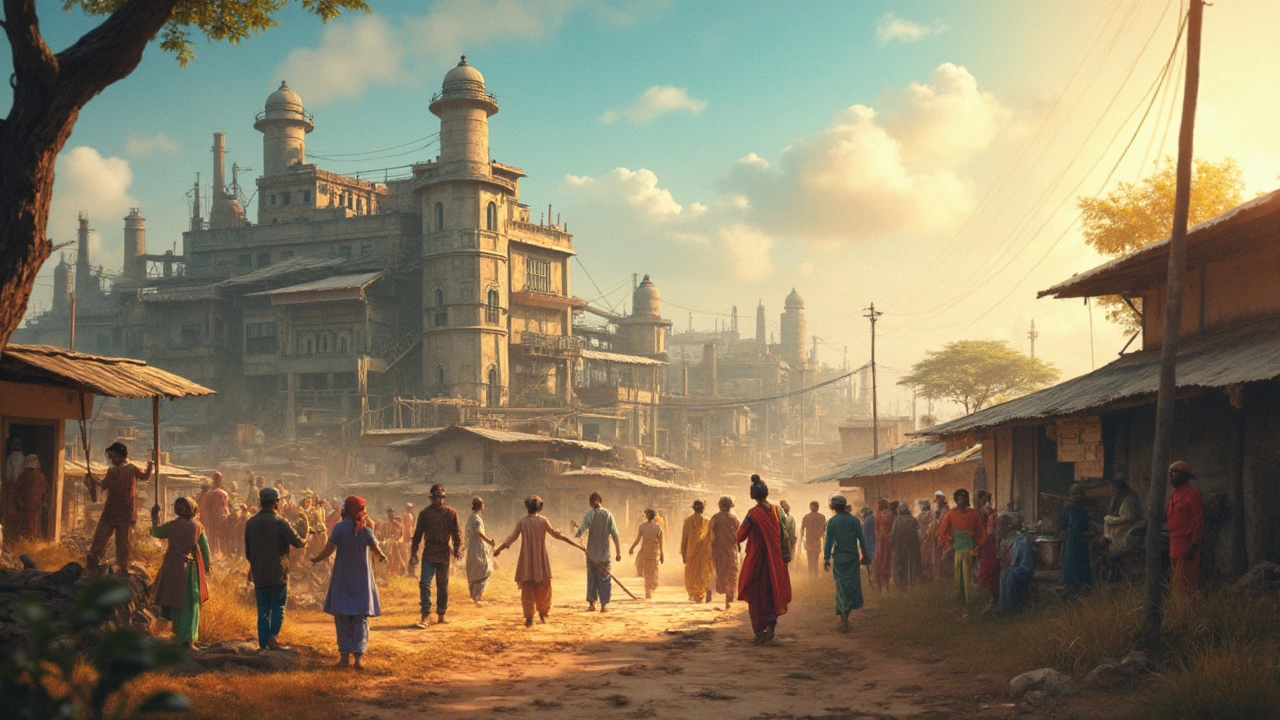Factory Construction: A Practical Guide for Building Efficient Plants in India
Thinking about setting up a new plant? You’re not alone. Hundreds of Indian businesses start a factory each year, but only a few get the layout right the first time. This guide walks you through the must‑do steps, from picking the right land to finishing the interior, so you can avoid pricey mistakes.
Planning and Site Selection
The first decision—where to build—sets the tone for everything else. Look for a location close to raw‑material suppliers, good road or rail links, and reliable power. In Karnataka, for example, many auto parts makers choose sites near the Bengaluru‑Mysore corridor because the logistics are smooth and the workforce is skilled.
Once you spot a plot, check the local zoning rules. Most Indian states require a factory clearance from the Industrial Development Corporation, and you’ll need to meet fire‑safety and environmental standards before you even break ground. A quick visit to the district office can save weeks of paperwork later.
Design, Layout, and Materials
A well‑planned layout cuts wasted movement and boosts safety. Start with a basic flow diagram: raw material entry → processing → storage → shipment. Keep heavy‑equipment zones away from office areas to reduce noise and dust exposure.
When picking construction materials, think long‑term. Pre‑engineered steel frames are popular in India because they’re fast to erect and can handle future expansions. If you’re in a humid coastal zone, add corrosion‑resistant coatings to avoid early rust.
Don’t forget utilities. Installing a robust power distribution board, backup generators, and an efficient HVAC system from the start will prevent costly retrofits. Many manufacturers also embed rainwater harvesting systems to meet local water‑use regulations and cut operating costs.
Budgeting and Timeline Management
Set a realistic budget that includes a 10‑15% contingency for unexpected price hikes in steel or cement. Track every expense in a simple spreadsheet—list material, labor, permits, and consultancy fees. Regularly compare actual spend against the plan; it’s easier to spot overruns early.
Typical factory construction in India takes 12‑18 months, but you can shrink that window by using modular building blocks. These prefabricated sections arrive on site ready to bolt together, cutting labor time dramatically.
Safety, Quality, and Future‑Proofing
Safety isn’t an afterthought; it’s a daily habit. Post clear signage, provide personal‑protective equipment, and run short safety briefings each shift. A clean, organized site also keeps inspections smooth and avoids fines.
Think ahead. Install raised flooring that can carry heavier machines later, and leave space for future automation lines. When you design the electrical layout, include extra conduit runs so adding sensors or robots won’t require a major rewiring project.
Finally, partner with a reliable contractor who knows local labor practices and has a track record in Indian industrial projects. A good contractor will handle the paperwork, source quality materials, and keep the timeline on track, letting you focus on what matters most—getting your product out the door.
Ready to start building? Use this checklist, talk to your local industrial development office, and map out the first steps today. A well‑planned factory not only saves money but also positions your business for growth in the fast‑moving Indian market.

Cheapest Spots to Build a Factory Right Now
Looking to build a factory without breaking the bank? Some regions not only offer low costs but sweeten the deal with government incentives. This article explores various locations that provide budget-friendly options for factory construction while highlighting government schemes that can maximize savings in the manufacturing sector. Learn how to take advantage of these opportunities and make informed decisions on where to set up your next manufacturing hub.
Read More